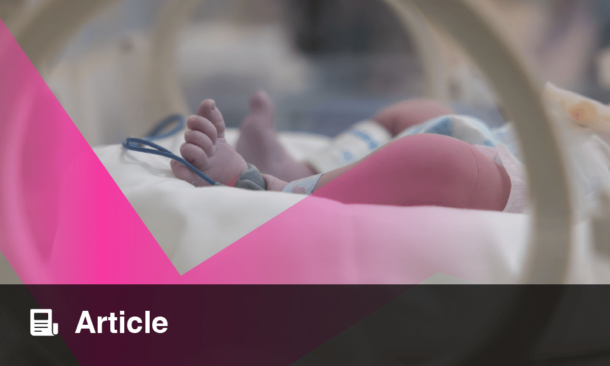A NEW artificial intelligence tool, called ‘MySTIRisk’, has successfully determined infection risk scores for HIV, syphilis, gonorrhoea, and chlamydia.
Sexually transmitted infections (STI) remain a growing public health concern with approximately 376 million new cases occurring annually among sexually active individuals. To promote earlier testing, Phyu M. Latt, Melbourne Sexual Health Centre, Australia, and colleagues, developed an optimised machine learning tool, MySTIRisk, to predict the infection risks for acquiring HIV/STIs.
Researchers conducted a retrospective cross-sectional study using electronic records of patient consultations at Melbourne Health Centre (MHC) between 2008–2022. These data sets were comprised of 216,252 HIV consultations (96,309 unique persons), 227,995 syphilis consultations (100,230 unique persons), 262,599 gonorrhoea consultations (104,865 unique persons), and 320,355 chlamydia consultations (139,634 unique persons). The MySTIRisk model was then applied, predicting infection risk based on factors such as sex, age, country of birth, presence of STI symptoms, number of partners, condom use, injection drug use, and past STIs, among others.
Latt emphasised the importance of determining an accurate cut-off predictive threshold when using machine learning tools, stating: “If the cut-off point is set too high, then individuals not deemed to be ‘high risk’ may not be tested, and if the cut-off point is set too low, then health services may be overwhelmed by individuals requesting unnecessary testing.” Overall, the team identified optimal risk score thresholds categorising patients at ‘high-risk’ and ‘average-risk’ for each STI analysed. Optimal HIV risk score cut-off for high risk was 0.56, with 86% sensitivity (95% confidence interval: 82.9–88.7%) and 65.6% specificity. Additionally, cut-off for syphilis was 0.49 with 77.6% sensitivity and 78.1% specificity, 0.52 for gonorrhoea with 78.3% sensitivity and 71.9% specificity, and 0.47 for chlamydia with 68.8% sensitivity and 63.7% specificity.
Comparing these predictive scores to the actual observed cases, these high-risk groups were shown to account for 78%, 78%, and 69% cases of syphilis, gonorrhoea, and chlamydia, respectively. Commenting on these promising results, Latt stated: “If mindfully integrated under clinician guidance, machine learning approaches like MySTIRisk may help streamline sexual health services, though ultimately, decisions should use risk stratification to support rather than supplant sound provider judgment.”








